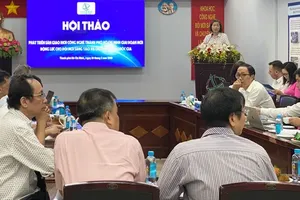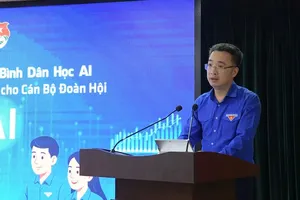At the forum, Deputy Director Tran Lam Thinh of VNPT Ho Chi Minh City disclosed that VNPT has already covered many key areas based on investment efficiency and customer experience priorities in HCMC. By the end of 2025, VNPT plans to install 3,000 base stations and reach 3 million subscribers.
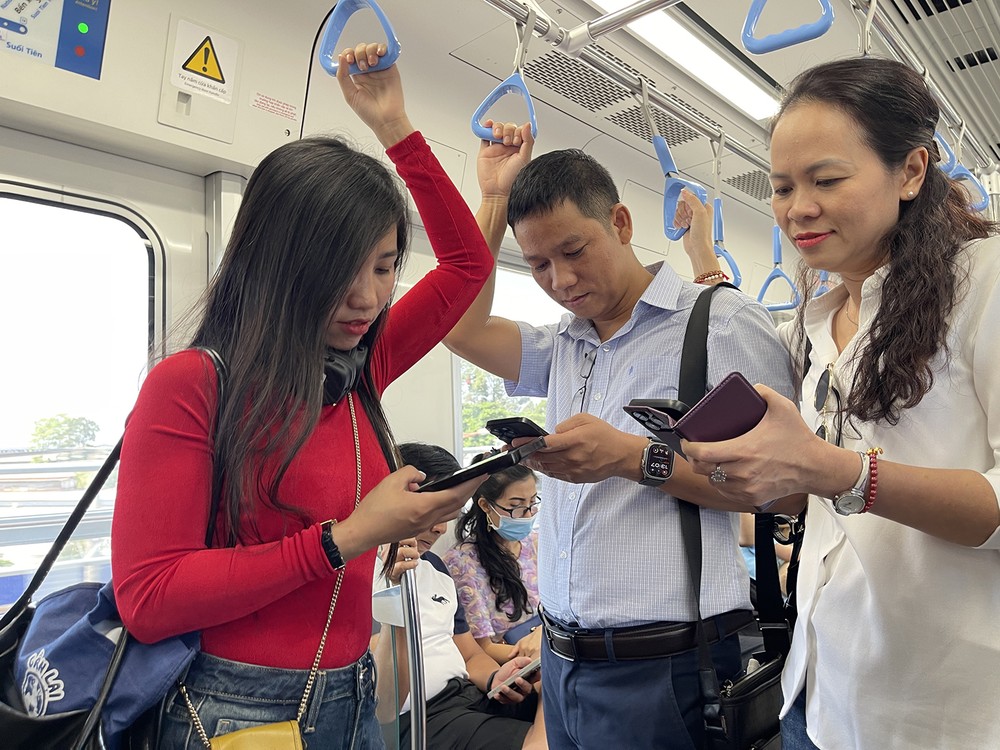
In response to the question of reader Nguyen Thi Chau Pha from HCMC's Binh Thanh Ward that how many more 5G stations will VinaPhone deploy to fully cover HCMC, Mr. Tran Lam Thinh said that VNPT follows clear criteria in planning and relevant regulations, investing in, operating, and optimizing base station deployment.
He added that the telecommunications infrastructure in HCMC, Binh Duong, and Ba Ria - Vung Tau—covering both terrestrial mobile networks and fixed broadband—does not differ significantly. Over the years, all three areas have been prioritized as key socio-economic development zones and have received substantial infrastructure investments from VNPT. From now until the end of 2025, VNPT will comprehensively review and optimize network architecture across HCMC to ensure data connectivity and infrastructure synchronization, aiming to build a unified network system that effectively supports the city’s digital transformation.
Head Nguyen Trinh Dinh Hoa of the Postal and Telecommunications Division under the Department of Science and Technology of HCMC said the new HCMC officially began operation on July 1, 2025. The agency is currently conducting a comprehensive review of 5G infrastructure in this area to accurately assess the current situation and propose appropriate solutions to accelerate 5G development, with the goal of completing full 5G coverage ahead of schedule.
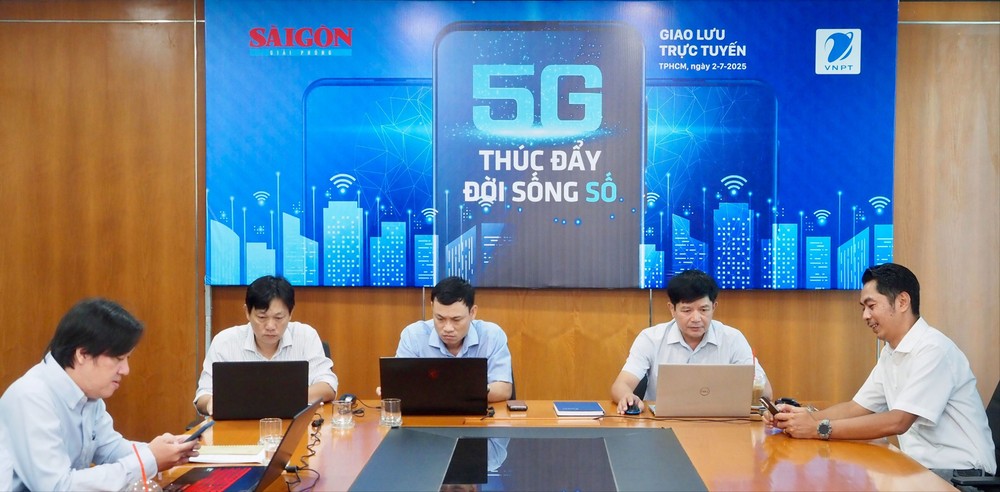
Moreover, in the third quarter of 2025, the department plans to submit to the HCMC People’s Committee a development plan for 5G infrastructure for the 2025–2027 period, targeting over 90 percent 5G coverage citywid including 100 percent coverage in high-tech parks, industrial zones, export processing zones, administrative centers, and densely populated areas.
Mr. Nguyen Trinh Dinh Hoa also highlighted current challenges that telecom providers are encountering obstacles in the deployment of 5G mobile base stations in rural and mangrove forest regions—especially concerning the installation of 5G service base-transceiver stations on agricultural or forest land, as well as the dual use of land for both agriculture and telecom infrastructure. Nevertheless, these challenges are addressed in the Telecommunications Law, the Land Law and Decree No. 102/2024/ND-CP which outlines specific provisions of the Land Law.
Furthermore, according to him, the department will collaborate closely with relevant agencies to offer timely guidance and support for implementation.
He also said that the city has issued Action Plan No. 459-KH/TU and No. 4354/KH-UBND, which set the goal of achieving 100 percent 5G network coverage for the city’s entire population. The Department of Science and Technology has been coordinating with telecom enterprises to implement this goal and has achieved some initial results. As of July 1, 2025, Ho Chi Minh City has developed 2,613 5G base-transceiver stations accounting for over 20 percent of the total number of 5G base-transceiver stations nationwide meeting over 40 percent of the city’s 5G coverage needs. The current 5G internet access speed ranges from 300–400 Mbps, significantly surpassing the minimum standard of over 100 Mbps.
High-tech parks, concentrated IT zones, industrial parks, and export processing zones have been prioritized by telecom providers for the rollout of high-speed 5G infrastructure as well as broadband and ultra-broadband fiber optic transmission networks with speeds exceeding 1 Gbps.
Deputy Director Nguyen Duc Chung of the Digital Transformation Center of Ho Chi Minh City stated that in the near future, to effectively implement the aforementioned applications, particularly in areas such as smart traffic, digital healthcare, and digital education, it is essential to utilize the 5G platform. Therefore, this is a necessary requirement that the center has set for product suppliers right from the design phase. For products that have already been deployed, the center will collaborate with leading agencies to research and propose solutions for upgrading and improving products to fully leverage 5G technology.
Upon the question of the Digital Transformation Center of Ho Chi Minh City plan to collaborate with telecommunications companies to promote the development of a digital service ecosystem based on 5G networks from reader Le Hoang Tuan who is residing in HCMC's Cho Lon Ward, Deputy Director Nguyen Duc Chung informed that the Digital Transformation Center of Ho Chi Minh City is always eager to partner with other units and it is ready to accept new solutions and products based on 5G during the pilot evaluation phase and later propose their application in the city, aiming to enrich and diversify digital products and services for citizens and businesses.
5G serves as a crucial infrastructure for the development of smart industries
According to the Department of Science and Technology of Ho Chi Minh City, in its comprehensive digital transformation strategy, the city identifies 5G technology as a vital infrastructure for advancing smart industries, enhancing production efficiency, and optimizing logistics chains.
Being the economic, industrial, and logistics hub of the country, Ho Chi Minh City is implementing a series of specific solutions to leverage the advantages of 5G to innovate growth models, attract investment, and lead the wave of Industry 4.0.
Priority solutions for developing 5G in Ho Chi Minh City include developing specialized 5G network infrastructure in industrial and logistics zones by prioritizing the deployment of private 5G networks in key industrial areas, establishing smart factory models that utilize 5G to connect industrial robots, production lines, IoT sensors, and operational systems, modernizing ports and logistics centers with 5G by promoting the application of 5G at ports such as Cat Lai, SP-ITC, Hiep Phuoc and logistics centers to remotely control loading equipment, cranes, and forklifts.
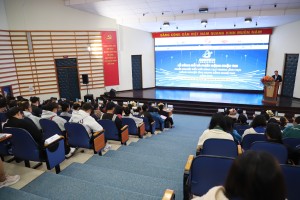
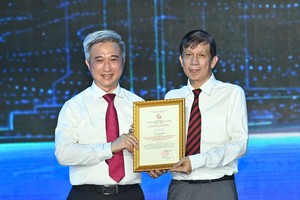
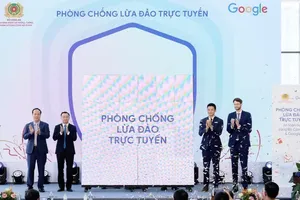


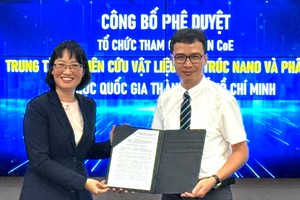
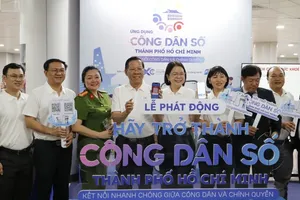
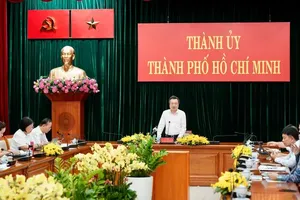

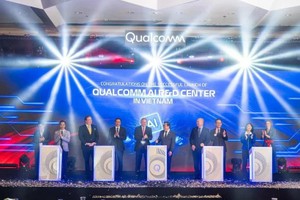
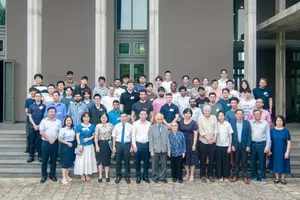
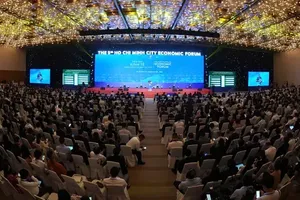
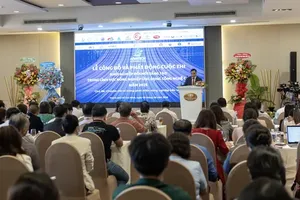
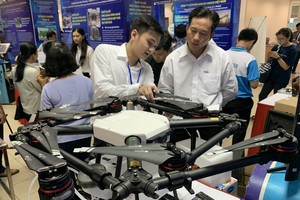
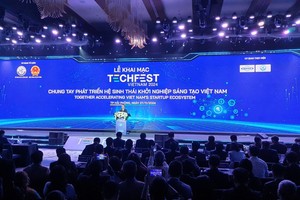
)

